It’s just as well that Inverness’s population isn’t listed on the signs that welcome you to the Highlands’ only city.
Because it might as well say ‘Welcome to Inverness, population err… have you got a map and a pen?’
As the backlash to Caley Thistle’s plans to move their training base 135 miles to Fife continues, there have been a lot of figures bandied about.
How can Inverness expect to sustain a full-time professional football team when it only has a population of 46,000?
Well actually, it’s more like double that, isn’t it?
Or maybe it’s just somewhere in between.
The rapid development of Inverness in the past few decades means it has branched out massively to the south and east.
And the question of where exactly to draw the line for the city boundary isn’t a clear one.
It’s not so tricky in some of Scotland’s other cities, particularly the bigger ones that have their own council area and therefore, a very defined boundary.
OK OK, so what is the answer?
Let’s have a look at what the data says.
What does Google say about the population of Inverness?
I hate to be the one to shatter your modern reality but Google sometimes gets it wrong.
This looks to be one of those times. Unless you believe that Inverness Campus isn’t actually in Inverness.
Type the city’s name into the search bar and it’ll direct you to a map with a well defined red border.
There’s an argument to be made – and I’m here for it – that Culloden, Smithton, Westhill and Balloch are their own small villages and not actually part of the city.
But you’d struggle to make the same case for Slackbuie, Milton of Leys and Ness Castle, none of which come within under Google’s city boundary.
Remember that 20-year battle to get Asda to finally to come to Inverness? Well guess what, the wait goes on because the one in Ivanhoe Avenue is outside the city limits apparently.
As for the population figure itself, Google confidently tells you it’s 46,870 as of 2012.
Chat GPT is an emerging source of information online.
It originally offered me 48,248 “as of the 2022 census” for its answer.
But it now seems to be telling people it’s actually 63,730 after we had a lengthy and frank exchange of views.
What do our local authorities say about the population of Inverness?
At the other end of the scale, NHS Highland is telling people that Inverness has a population of 82,383.
The claim is made in the health board’s demography profile for the area.
That means it would account for almost exactly one-third of the Highland population, which is listed at 238,000.
Although the map of the area shows that as well as the area traditionally seen as the city, it also includes places that are definitively not part of Inverness like Fort Augustus, Drumnadrochit and Ardersier.
Highlands and Islands Enterprise also has a different figure entirely.
In 2014, its area profile for Inverness listed the population as 67,230.
That’s nearly 20,000 higher than the one you commonly find on Wikipedia and Google.
That estimate has been adjusted to 70,294 based on the agency’s 2021 estimates.
Doesn’t the latest census answer this question?
Yes, the latest census provides fresh population data for the area.
But even it doesn’t dare define what is and isn’t Inverness.
The smallest breakdown you can get is by council ward. But that’s not a perfect system.
If you add up all the wards with Inverness in their name you get a figure of 59,653.
But that still includes a number of places not in the city as Inverness South is a huge ward that stretches as far as the Monadhliath mountains and includes villages like Tomatin and Moy.
You’d also need to include Culloden and Ardersier as there’s a fair chunk of the east side of the city in that ward.
All those wards together makes a total of 71,196.
But as the name suggests, you’d then be counting Ardersier too – as well as places like Tornagrain and Croy.
I need a lie down.
So what is the population of Inverness?
Highland Council‘s data on the city’s population appears to be the most transparent and robust.
It uses what it calls “the settlement development area” from its local development plan.
That includes the newer housing developments and areas on the city’s outskirts that people generally consider to be part of Inverness.
The population figure for this map is 63,004.
And for my money, that’s as close to a definitive answer to the question that we can get right now.
It might be easier to pinpoint in the future if there ends up being a hard boundary because of the creation of a city council.
But until then, you’ll continue to see some wacky estimates depending on what map you’re looking at.
For more Inverness news and updates, join our local Facebook group.
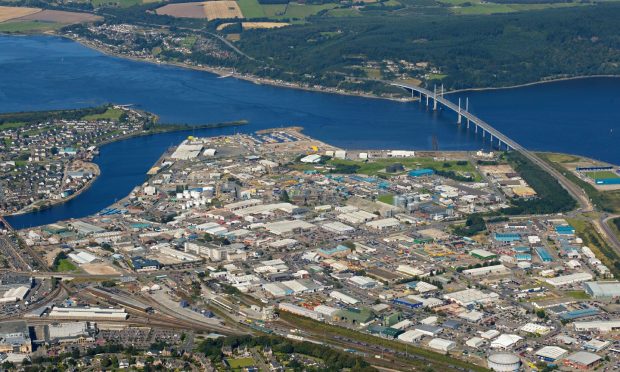

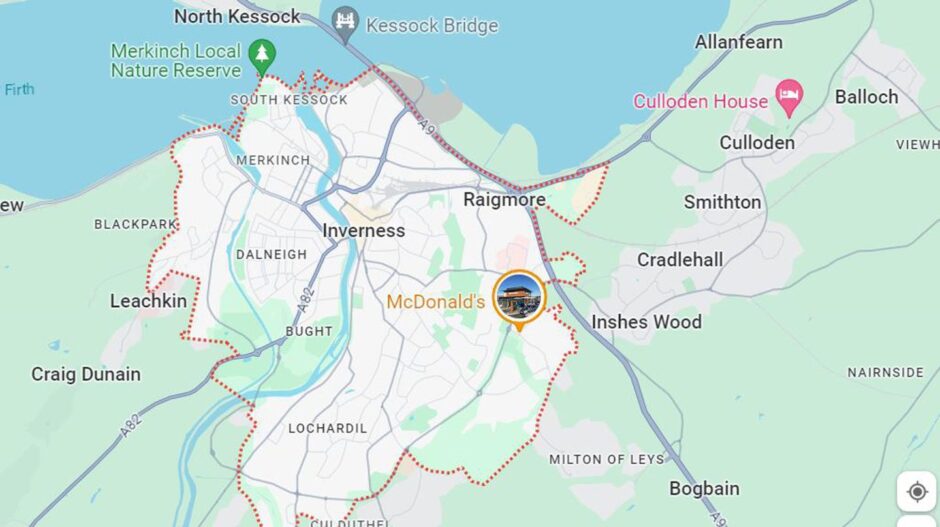
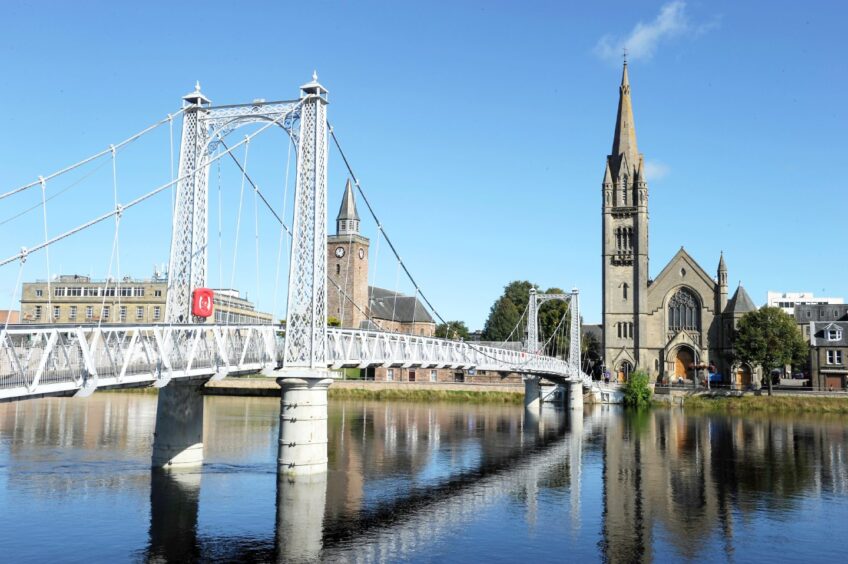
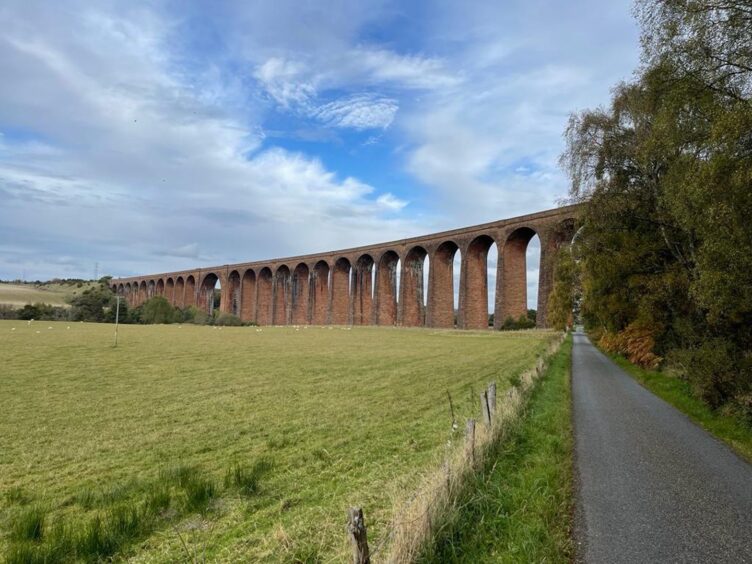
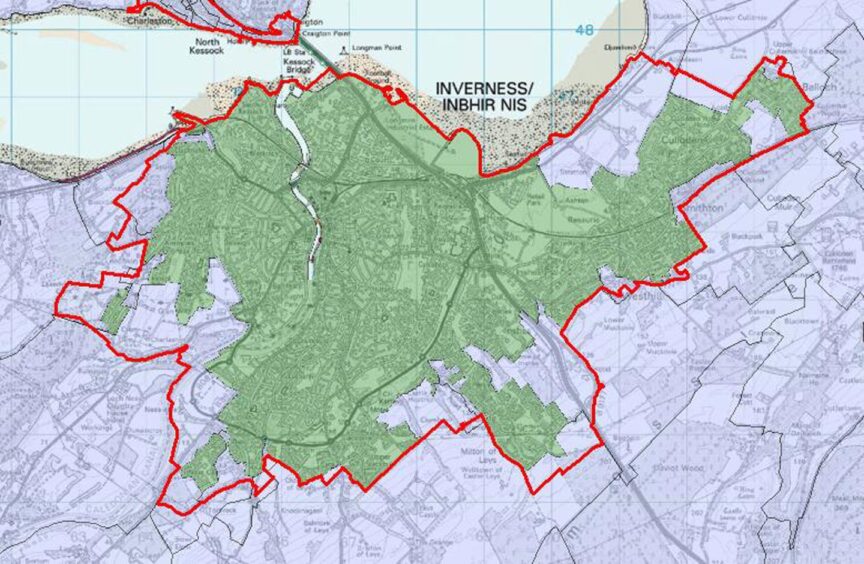
Conversation